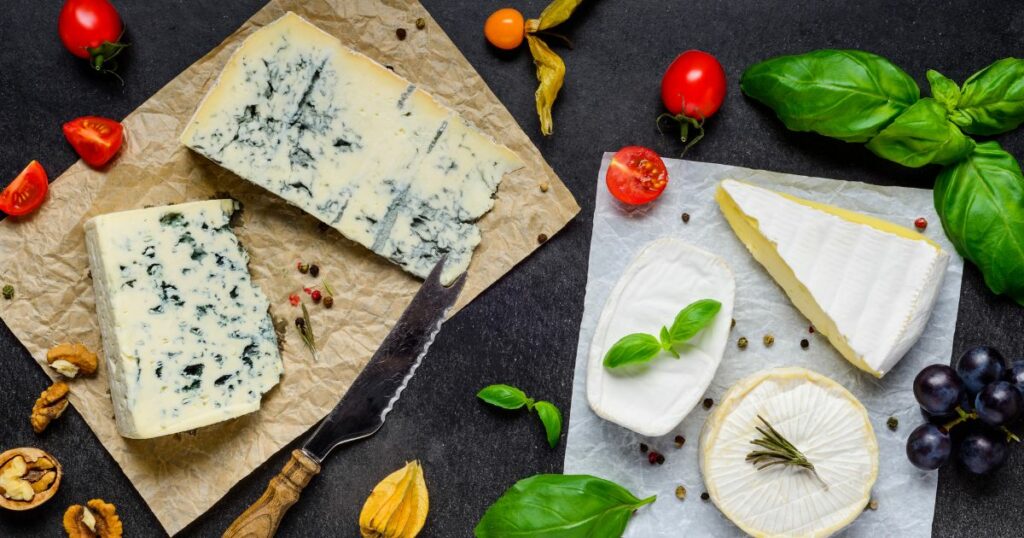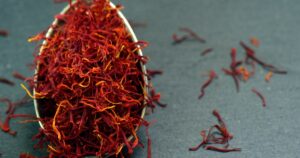🇫🇷 From France with amour: Brie and Camembert
Perhaps the most iconic soft cheeses, Brie and Camembert, hail from France. Both are surface-ripened by a white mould, which lends a velvety, edible rind to the cheese. As they mature, the interior becomes more gooey and aromatic.
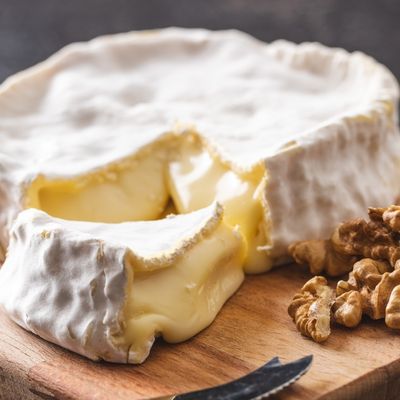
Brie, often referred to as the “Queen of Cheeses,” originates from the Île-de-France region. It comes in two main varieties: Brie de Meaux, which boasts a stronger flavour, and Brie de Melun, which is milder and creamier. Brie is often enjoyed on a baguette with a glass of red wine, such as a fruity Beaujolais.
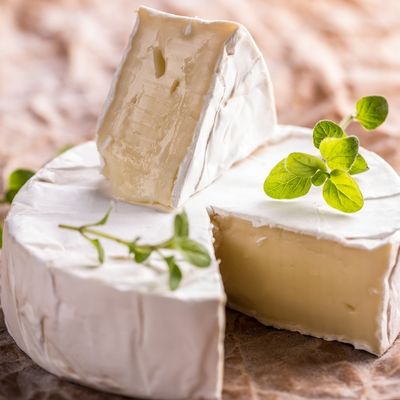
Camembert, from Normandy, has a more intense, earthy flavour than Brie. Its creamy texture pairs well with rustic bread and a dry, sparkling cider. Both Brie and Camembert can be served on a cheese board or baked to create a warm, melted dish perfect for dipping.
🇮🇹 From Italy with amore: Mascarpone and Ricotta
Italy, famed for its delicious cuisine, offers two noteworthy soft cheeses: Mascarpone and Ricotta.
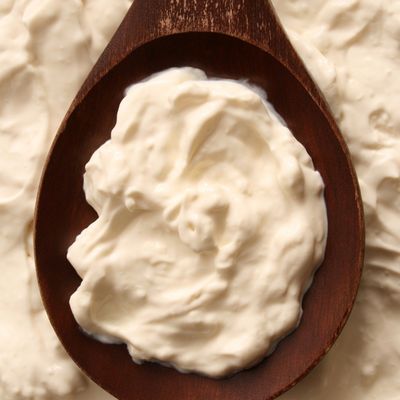
Mascarpone, a luscious, buttery cheese, is a key ingredient in traditional Italian desserts like tiramisu and cannoli. Made from cream thickened by lemon juice or vinegar, it has a mild, slightly sweet flavour. This versatile cheese can also be used in savoury dishes, such as risotto or pasta sauces.
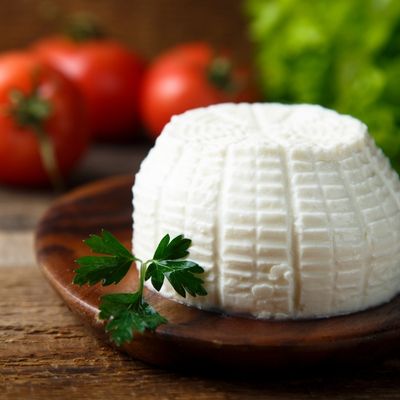
Ricotta, on the other hand, is a fresh cheese made from the whey left over from making other cheeses. With a grainy, delicate texture and a light, slightly sweet taste, Ricotta is widely used in both sweet and savoury Italian dishes. It’s a common filling for pasta like cannelloni or ravioli and is also used in desserts such as cheesecake and pastries.
🇬🇧 From the United Kingdom with luv: Stilton and Cornish Yarg
The United Kingdom is home to a variety of cheeses, with Stilton and Cornish Yarg being two standing soft varieties.
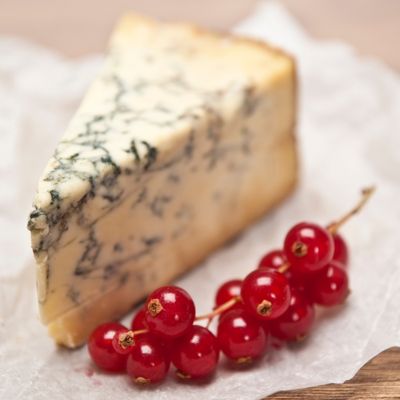
Stilton, a blue-veined cheese, is produced in the English counties of Derbyshire, Leicestershire, and Nottinghamshire. It is characterised by a rich, tangy flavour and a crumbly, creamy texture. Stilton is traditionally enjoyed with a glass of Port or a rich, full-bodied red wine.
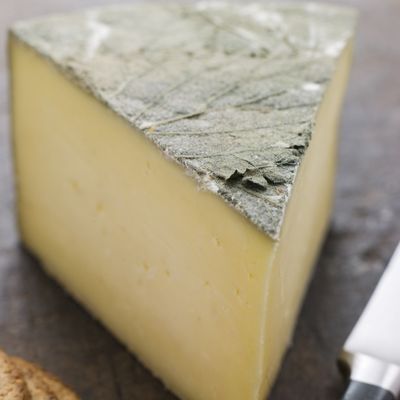
Cornish Yarg, a semi-soft cheese from Cornwall, is made from cow’s milk and wrapped in nettle leaves, which imparts a delicate, mushroom-like flavour. The cheese has a creamy, slightly crumbly texture and pairs well with a crisp, white wine or a fruity, sparkling cider.
🇪🇸 From Spain with amor: Torta del Casar and Cabrales
Spain is home to an array of delicious cheeses, with two notable soft varieties being Torta del Casar and Cabrales.
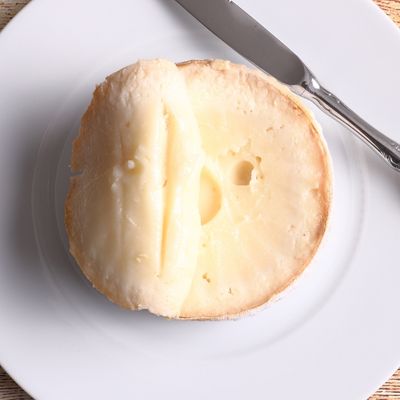
Torta del Casar is a sheep’s milk cheese from the Extremadura region. With a strong, tangy flavour and a runny, almost liquid texture when ripe, it is traditionally eaten by slicing off the top and scooping out the
creamy interior with bread or crackers. Torta del Casar pairs well with a robust red wine, such as a Rioja or Ribera del Duero.
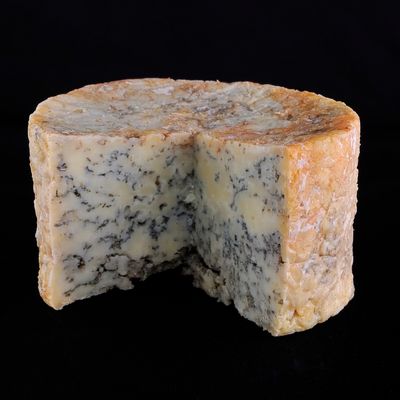
Cabrales is a blue-veined cheese from the Asturias region in Northern Spain. Made from a blend of cow’s, sheep’s, and goat’s milk, it boasts a strong, pungent aroma and a sharp, spicy flavour. Due to its intensity, Cabrales is often served with a drizzle of honey to balance its taste. This cheese pairs well with a sweet sherry or a fruity red wine like a Mencia.
🇬🇷 From Greece with loads of Σας φιλώ (kisses): Feta
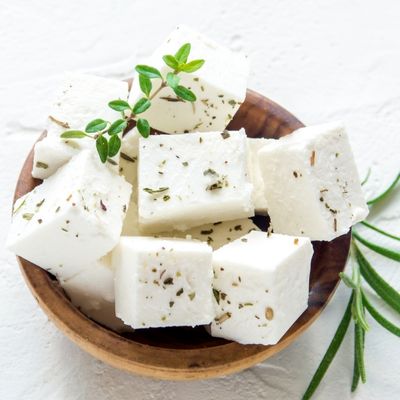
Feta, perhaps the most well-known Greek cheese, is a soft, brined cheese made primarily from sheep’s milk or a mixture of sheep’s and goat’s milk. With a crumbly texture and a tangy, slightly salty flavour, Feta is a staple in Greek cuisine. It’s often used in salads, like the classic Greek salad, or baked with vegetables and herbs in dishes such as spanakopita or stuffed peppers.
Feta pairs well with a crisp, white wine like a Greek Assyrtiko or a Sauvignon Blanc.
🇲🇽 From Mexico with cariño: Queso Panela and Queso Oaxaca
Mexican cuisine features a variety of delicious cheeses, with Queso Panela and Queso Oaxaca standing out as popular soft varieties.
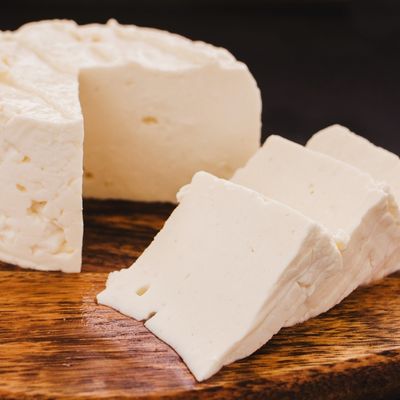
Queso Panela, a fresh cow’s milk cheese, has a mild, slightly tangy flavour and a crumbly, yet moist texture. It is often used in salads, crumbled over tacos or enchiladas, or simply enjoyed on its own with a drizzle of honey.
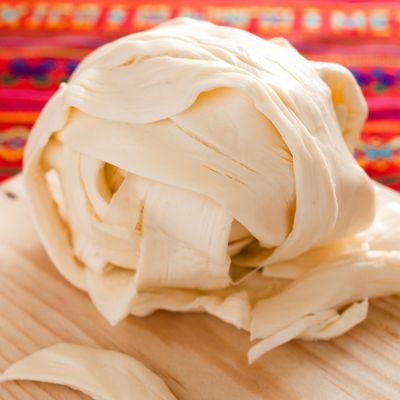
Queso Oaxaca, named after the southern Mexican state, is a semi-soft, string cheese made by stretching and folding the cheese curds. With a mild, buttery flavour and a slightly elastic texture, it is commonly used as a melting cheese in dishes like quesadillas and empanadas. Queso Oaxaca can also be enjoyed on its own or as part of a cheese board, where it pairs well with a fruity, light-bodied red wine, such as a Mexican Grenache or Tempranillo.
Conclusion
Soft cheeses, with their diverse flavours and textures, offer a delicious insight into the culinary traditions of countries around the world. From the creamy and gooey Brie of France to the tangy Feta of Greece, these cheeses are a delight for the senses. So, whether you’re a casual cheese lover or a seasoned connoisseur, we hope this tour of soft cheeses has inspired you to explore the wide world of these delectable dairy delights.
𐡸 𐡸 𐡸 𐡸 𐫱 𐡷 𐡷 𐡷 𐡷
Frequently asked questions
Soft cheeses should be stored in the refrigerator, wrapped in wax paper or parchment paper to allow them to breathe. Avoid using plastic wrap or airtight containers, as these can cause the cheese to become too moist or develop off-flavours.
Soft cheeses generally have a shorter shelf life than harder cheeses. Unopened, they can last from a few weeks to a couple of months, depending on the specific cheese. Once opened, soft cheeses should be consumed within a week or two.
The rind on most soft cheeses, such as Brie and Camembert, is edible and adds to the overall flavour of the cheese. However, some people may find the taste or texture of certain rinds unappealing, in which case it can be removed before eating.
If a soft cheese develops an off smell, an unusual mould (different from the intended mould on cheeses like Brie or Camembert), or a slimy texture, it is best to discard it, as these are signs of spoilage.
Some soft cheeses are made using vegetarian rennet, while others use animal rennet. It’s essential to check the label or inquire with the producer to determine if a specific cheese is suitable for vegetarians.
